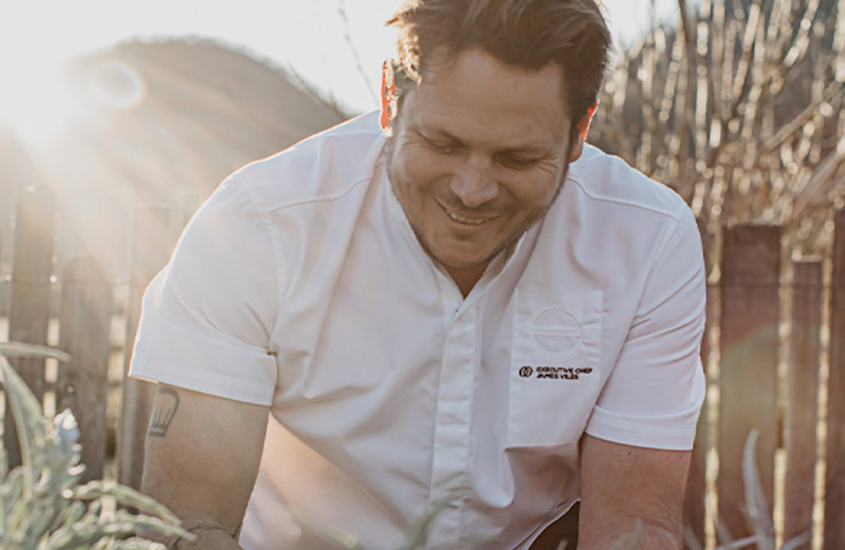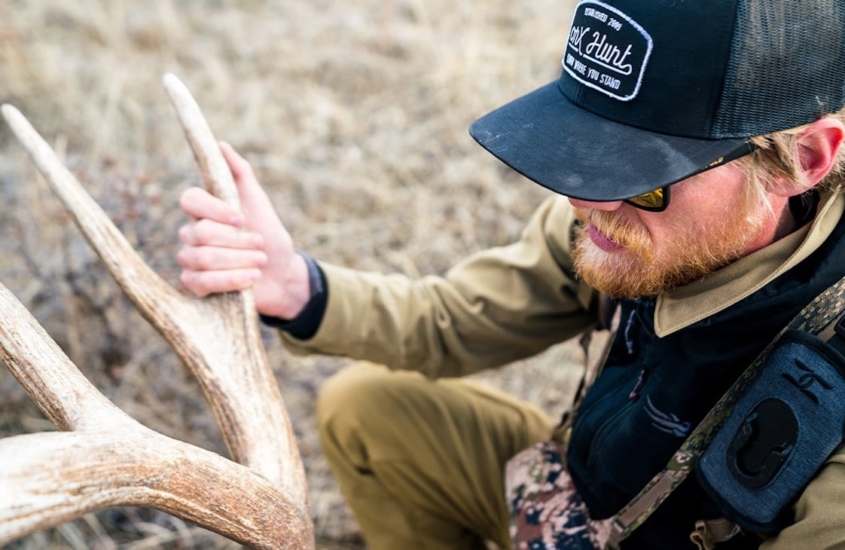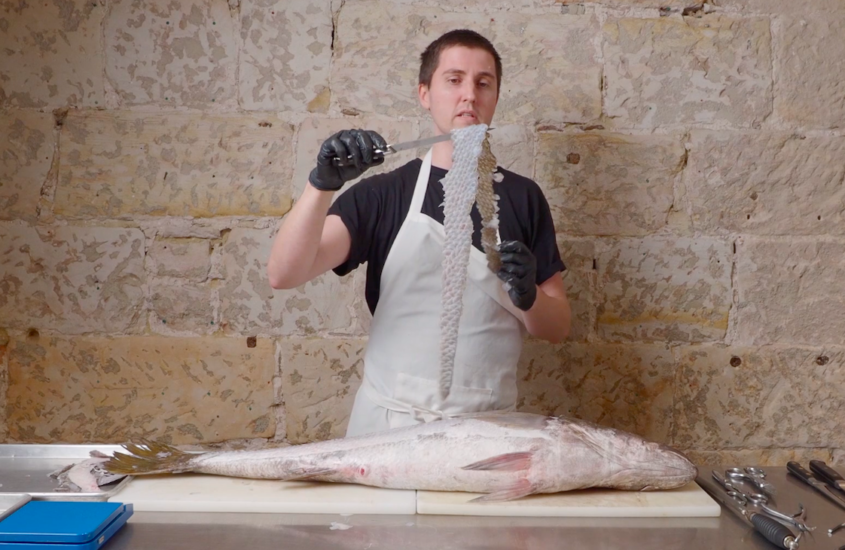Buying secondhand gear is popular at the moment and it’s for good reason. People realize the many benefits of buying used instead of new. Not only do consumers save money, it cuts down on waste. But with secondhand archery equipment, it’s not quite as straight forward as purchasing a used coat. There are a lot of factors when considering a used vs. new compound bow. (Traditional bows are different—we’ll cover that at the end.)
Bow technicians get all kinds of equipment requests. From customers with unreasonable draw weight expectations to those hoping to recycle a beat up bow they found at a garage sale. Here’s their advice for people looking at using a bow that once belonged to someone else.
Hand-Me-Downs are Tricky
Sending a bag of gently used baby gear to a new mom is an act of love, unless the clothes are way too small. If that’s the case, you’ve just given her another mess to deal with. That’s kind of what it’s like when people are gifted used archery equipment. It’s an amazingly generous gift when it fits.
“People think it’s a great deal, and it is, if the bow happens to be set up for them, but the odds of that are slim to none,” said Scot Evans, owner of Feathers & Antlers Outdoors.
Unlike a firearm, it’s pretty much impossible for a bow to transition seamlessly from one user to the next. The major difference is that compound bows need to fit the bowhunter’s physical frame in a much more narrow and specific way. The bow needs to be the proper poundage and draw length. A bow’s poundage is how much weight the archer draws back. If it’s too heavy, you risk injury, or you might not even be able to draw it at all. Compound bows are set up to be drawn a specific length. This is the draw length. Having a draw length on a bow that’s too short or long for your body will cause bad form, resulting in poor shooting and bad habits.
Because people come in all sizes, companies have started to manufacture compound bows with adjustable draw lengths and poundage. However, this is pretty recent. If you’ve been given a bow that’s around 10 years old, getting the right fit is tough.
“A lot of times with older bows you can’t get the right parts for them,” said Matt Eddie, the store manager at The Archery Den. “They’re draw length specific, and to adjust that you have to change out parts and with older models you can’t get those parts.”
Before buying a used bow make sure you know your draw length and the poundage you can pull. If you don’t, take a quick trip to an archery shop where bow technicians will happily help. Any equipment you buy either needs to already fit or be easily modified with readily available parts.
When is Old, Too Old?
If the bow fits, most bow technicians agree it can get the job done. “As long as the poundage is right, it’ll do just as much damage as the bows we’re using today,” Eddie said. However, there’s a but to that. “It might not be as fast or as smooth as newer bows.”
Compound bow technology has advanced a lot in recent years. Bow technicians advise most of their customers to at least consider purchasing a new bow, if it’s in their budget.
“Decade-old bows, the old straight limb, small cam bows, they weren’t very adjustable and technology has come so far in the last few years,” said Jim Sjogren, a bow technician at VanWinkles Archery. “I think it would be worth spending a little bit of extra money and getting something that is more current.”
If you’re wondering what the current lineup of bows have that their predecessors don’t, the answer is a lot.
“Bowhunters should have something with a smooth draw cycle,” Sjogren said. “There needs to be enough brace height so that it’s a forgiving bow. That means it’s easy to be accurate with. Most upper end bows today with the parallel limbs have very little wasted energy. They’re quiet, smooth and fast.”
“We certainly get a lot of old bows in here,” Evans said. “It’s going to come down to preference, comfort and what the person wants. If somebody brings me in a 10-year-old bow I’m not going to say, ‘Oh that’s a piece of crap.’ It does the same job as these brand-new bows. But when customers start asking questions, I tell them, ‘Well your old one only has about 65% let-off, an aggressive draw cycle and it’s not very fast.”
The newer models might be easier and more comfortable to shoot, but that doesn’t mean everyone needs to buy a brand-new one. Bowhunting success comes from being comfortable with your equipment. Plenty of bowhunters choose to continue to use their older gear because it’s proven successful year after year.
You Don’t Need the Latest and Greatest
The price tag for going bowhunting can add up quick, especially when a beginning bowhunter visits the archery shop. A brand-new high-end bow will probably cost around $1,000 and that doesn’t include accessories like a rest, quiver, release, sight, arrows and broadheads. With manufacturers releasing new technology every year, customers frequently ask bow technicians if they need a new bow to keep up.
“To stay up with the latest and the greatest some people do buy a new bow every year,” Sjogren said. “But as far as shootability goes, there is really no need. Bows today, especially if you’re going to invest in a good bow, that is something that can last a lifetime.”
Not all beginning bowhunters have access to hand-me-downs, used equipment or thousands to invest upfront. That’s when mid-range bows become a great option. A lot of bow manufacturers have package deals on the market for this very reason. These starter kits usually come with accessories like a rest, quiver and sight. Most of these kits range between $400 to $600. These bows have a wide range of draw lengths and weights.
Trad Bows are the Exception
“I’ve got some good old wood bows that were made back in the 50s and 60s and they’re still excellent shooters,” Sjogren said. “A lot of people like that stick and a string challenge. There is really nothing that feels quite the same as a good quality wood bow in the hand.”
Bow technicians agree traditional bows are in a class of their own. Shooting a hand-me-down traditional bow is in fact a tradition of its own.
“Maybe their grandfather used to shoot traditional, so they will do it for that connection or the challenge,” Evans said.
Their much simpler design helps traditional bows hold up much better overtime. But that doesn’t mean they can go straight from the garage to the field.
“Please let a bow tech look at it before you ever shoot it,” Eddie said. “Maybe it’s a grandfather or uncle’s bow that has been sitting there for 15 years without being restrung. Those strings could be dry rot or other parts could be damaged and need to be repaired before you shoot it. We don’t want to see anybody get hurt and we don’t want to see the bow get torn up beyond repair.”
Whether it’s traditional or compound, never shoot any used bow before having it checked out by a bow technician. There might be a lot of factors to consider but whether it’s brand-new or new-to-you, bowhunting comes down to your connection to your bow.













